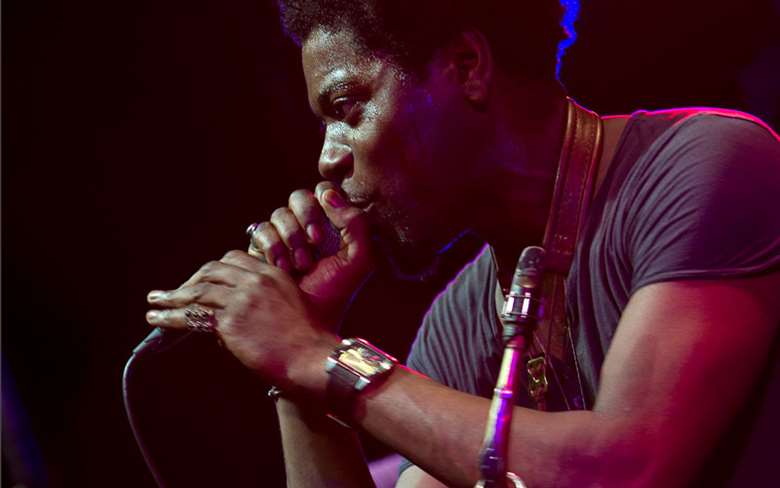Soweto Kinch interview: "I see this real disconnect between the establishment bubble and what’s happening in society"
Monday, January 30, 2017
Saxophonist Soweto Kinch will appear as part of the Jazzwise 20th Anniversary Special Fesitval at Ronnie Scott's on 15 March.


Register now to continue reading

Thank you for visiting Jazzwise.co.uk. Sign up for a free account today to enjoy the following benefits:
- Free access to 3 subscriber-only articles per month
- Unlimited access to our news, live reviews and artist pages
- Free email newsletter